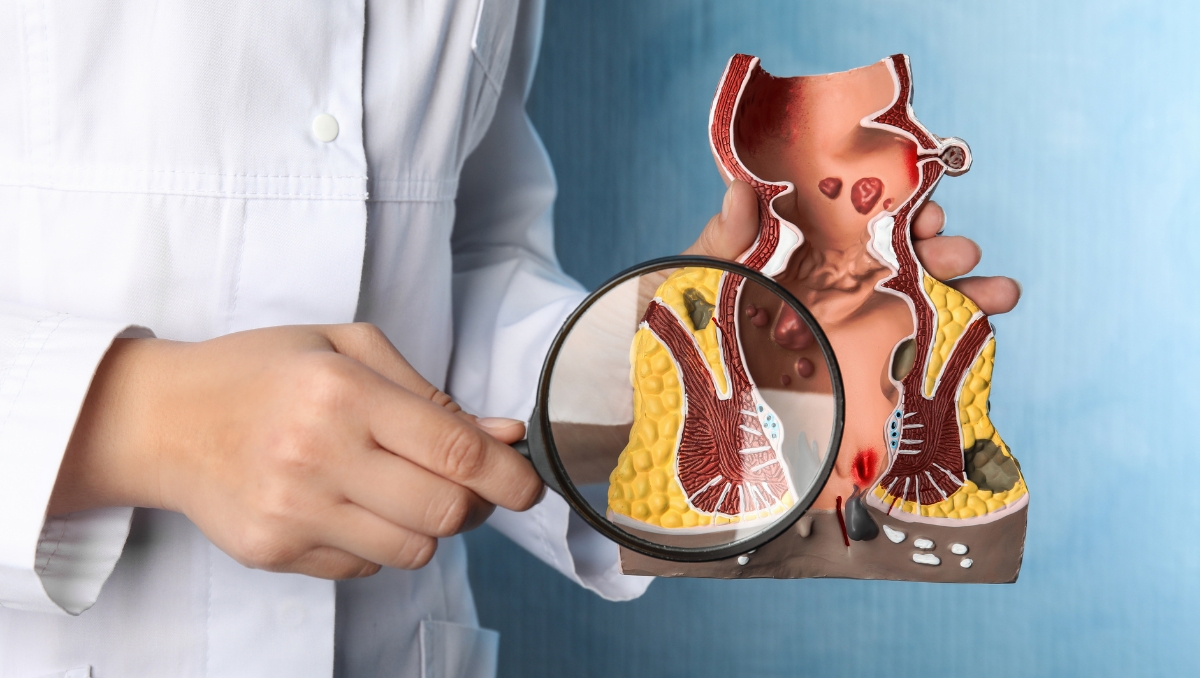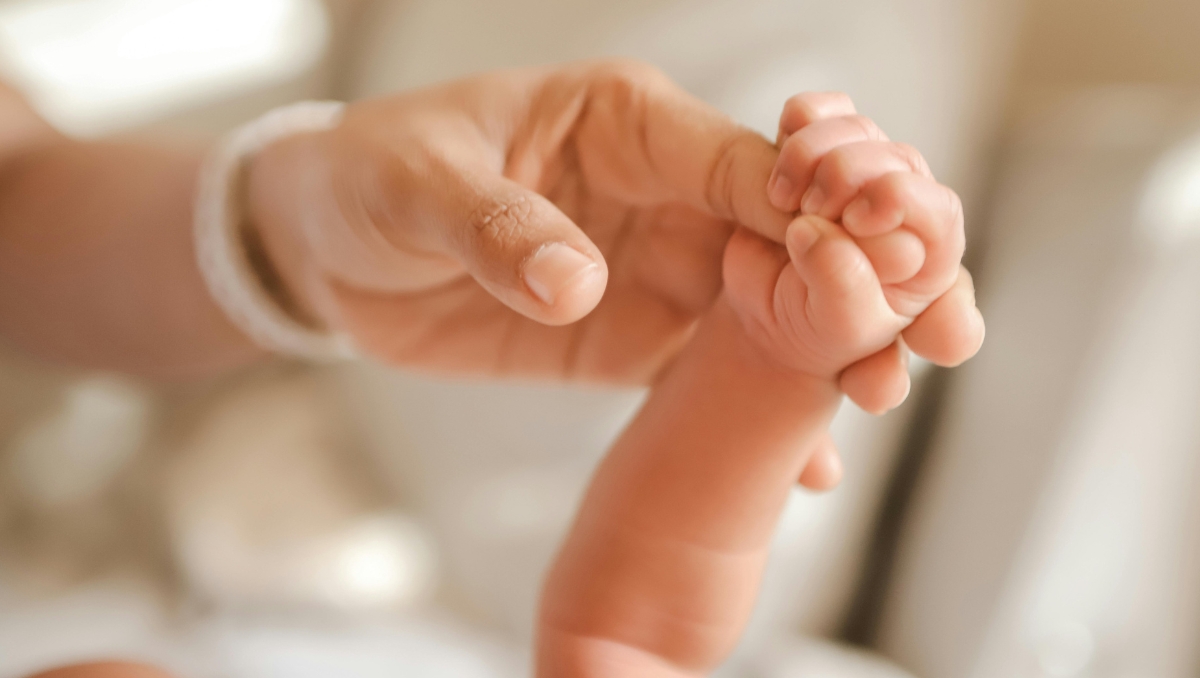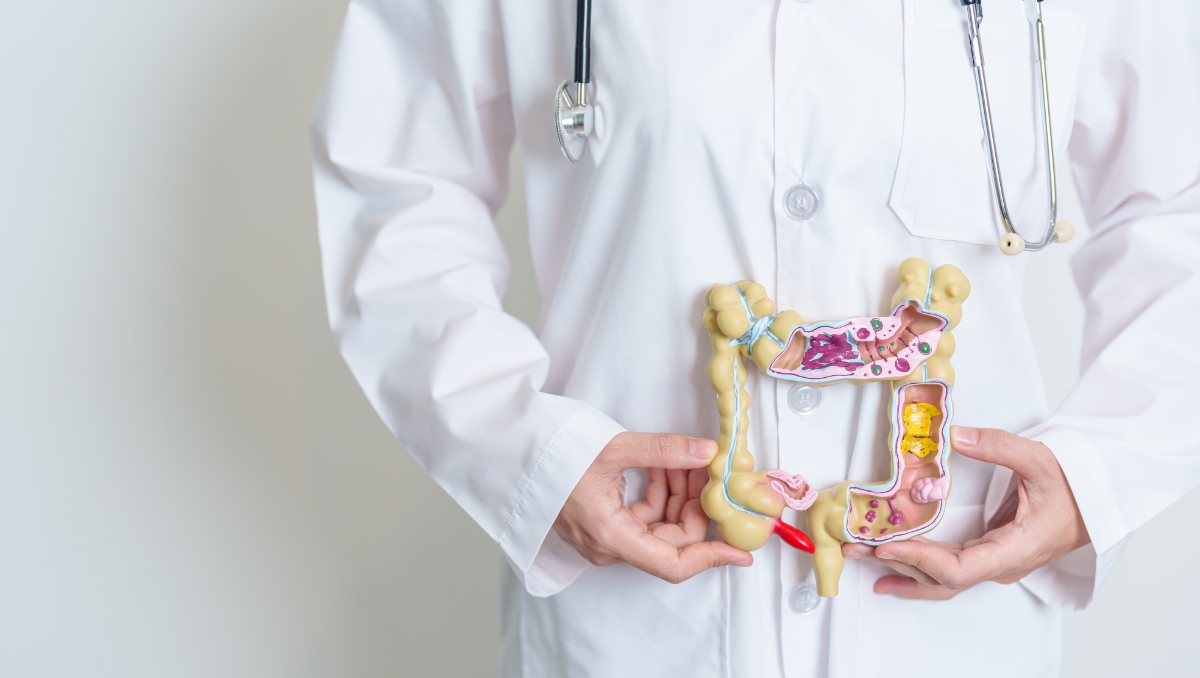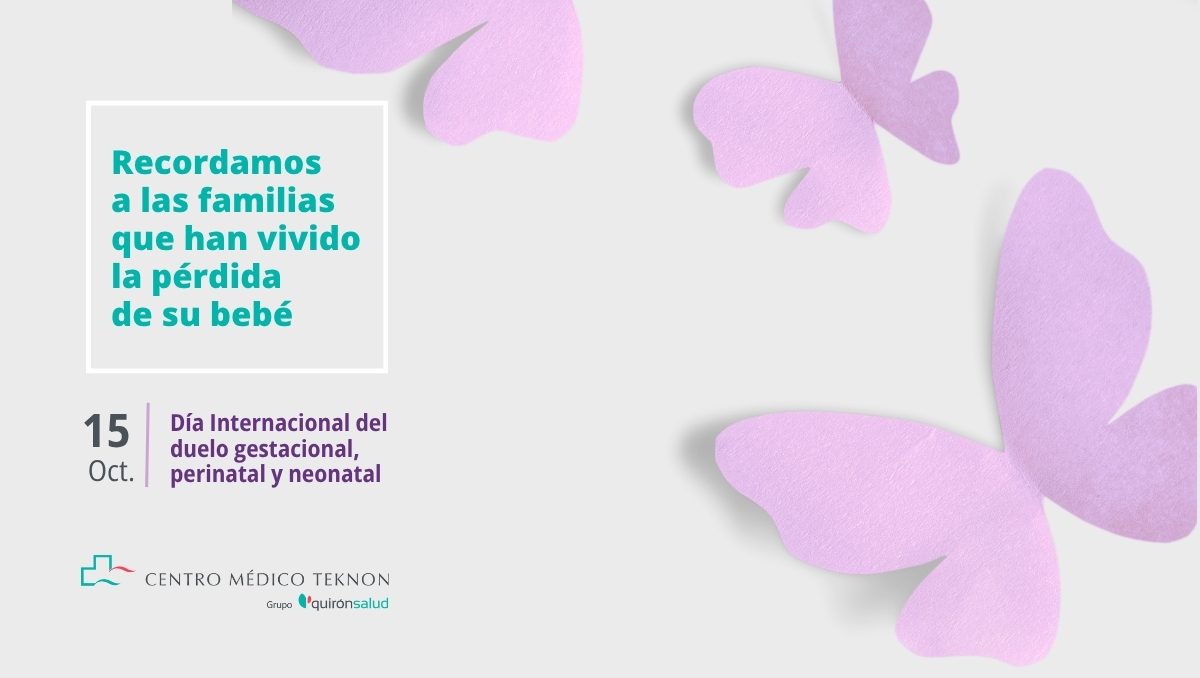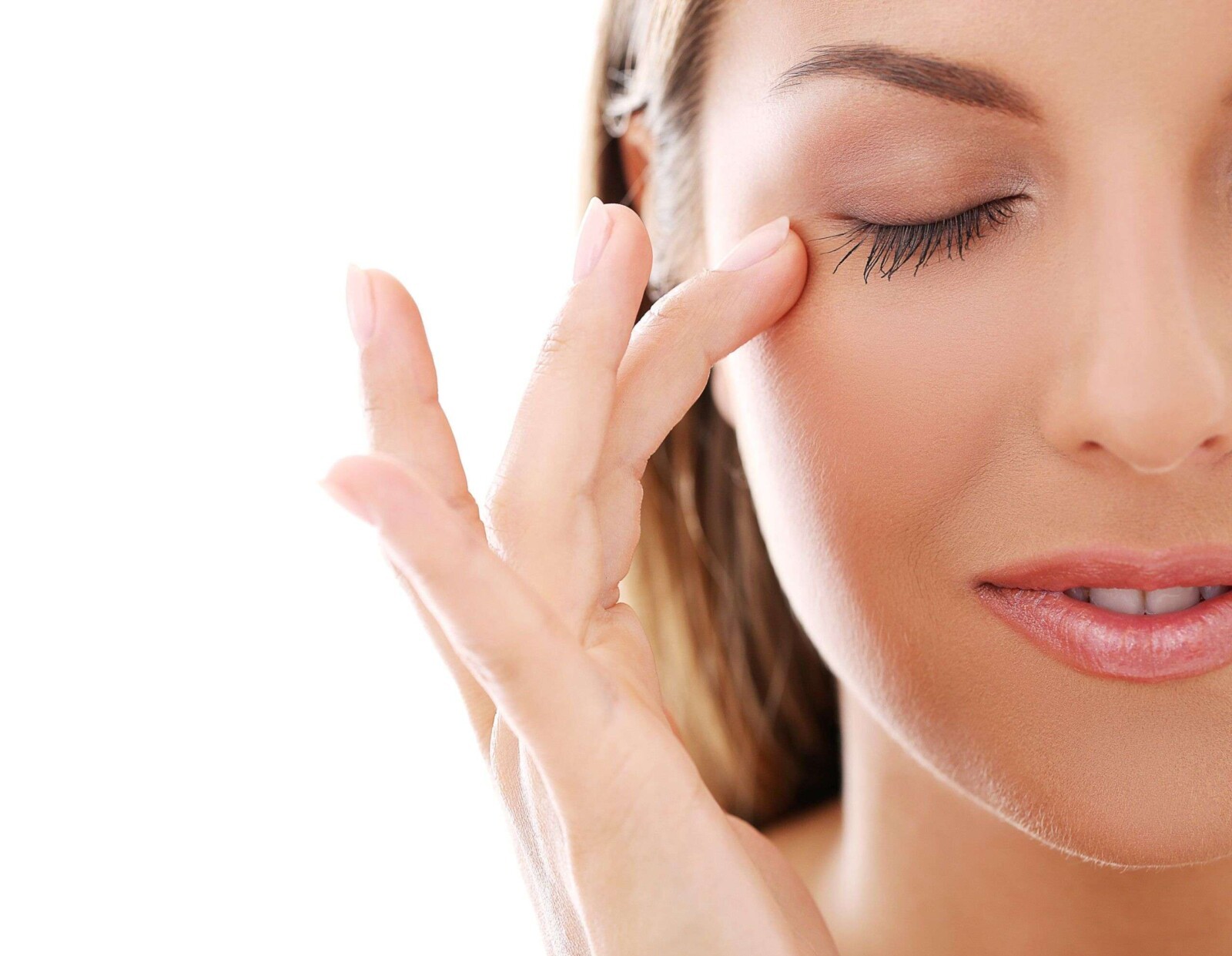Plastic and cosmetic surgery
Your image, our excellence. The best team of plastic surgeons and aesthetic medicine specialists at the best hospital.
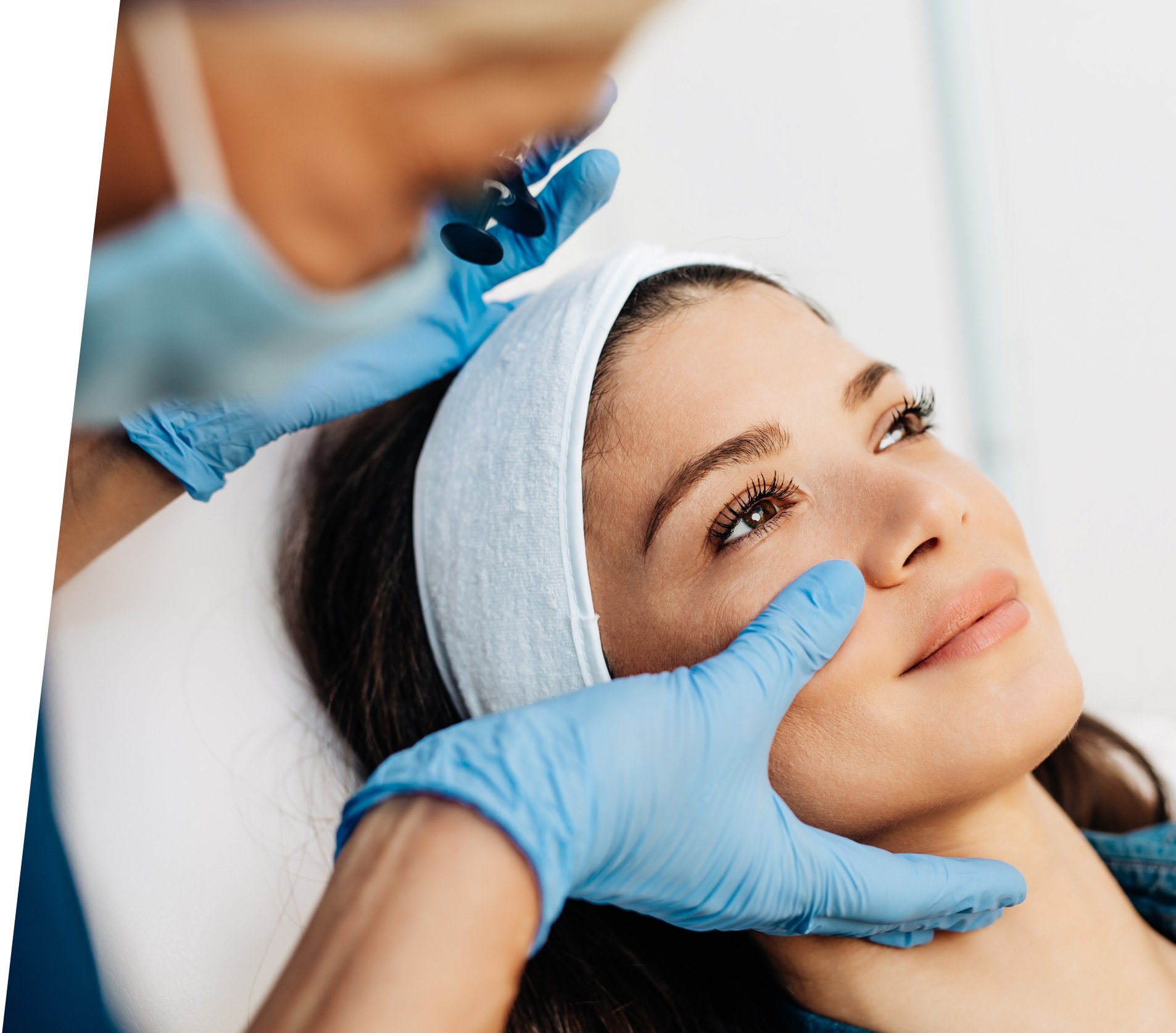
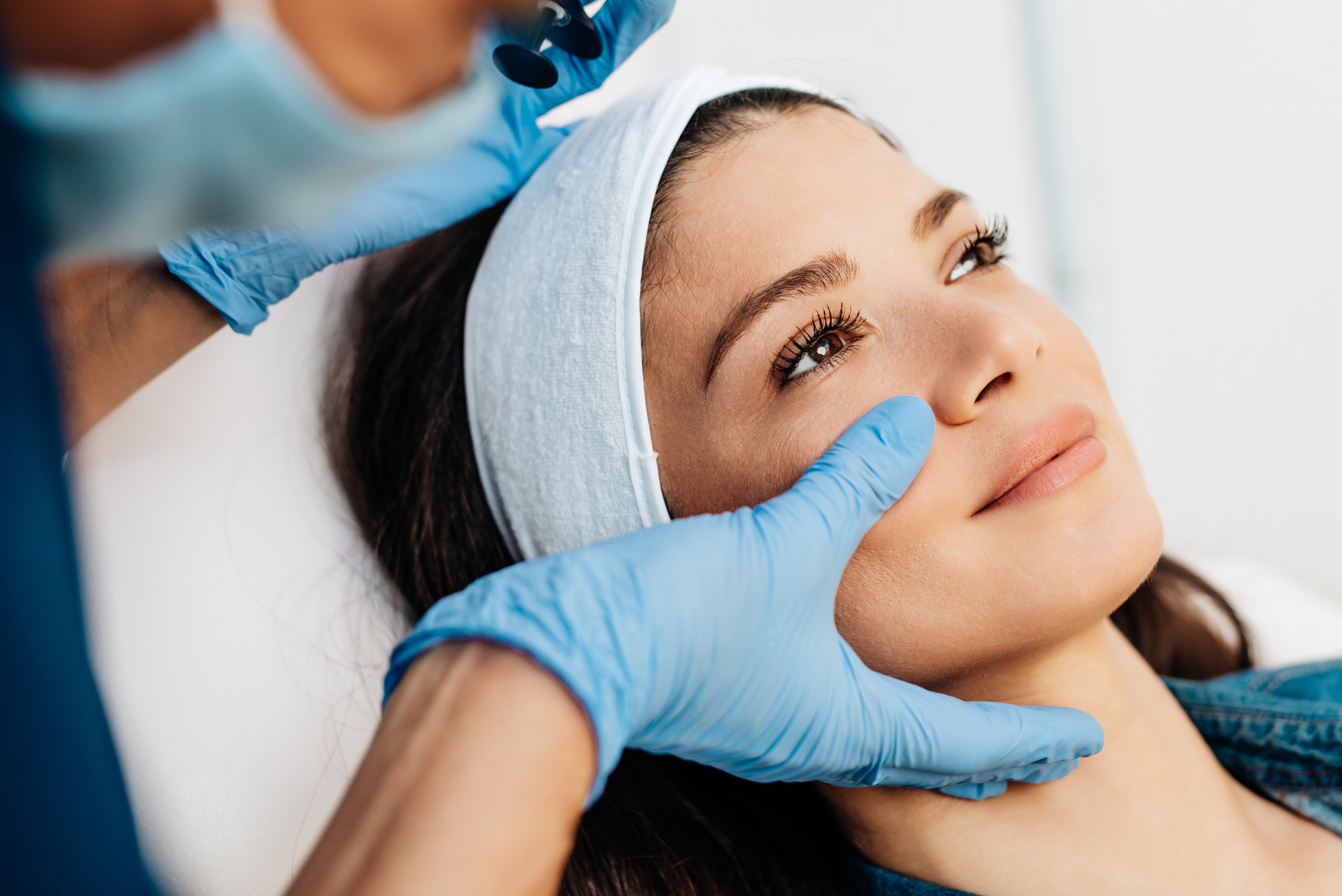
Treatments and Specialities
At Teknon, we provide plastic, cosmetic, and reconstructive surgery for the face and body. All of them stand out not only for the high quality of their results, but also for the personalised service and trust conveyed by our professionals.

Being satisfied with your self-image is vital for a healthy life, not only physically but also psychologically. We offer you the latest treatments in plastic and aesthetic specialities in a safe environment, which will help you achieve the natural look and vitality you are seeking.
 Facial cosmetic medicine and surgeryWe have specialists dedicated exclusively to the full array of cosmetic surgery procedures, including, yet not limited to eyelid surgery (blepharoplasty), cheekbone surgery (malarplasty), chin surgery (mentoplasty), ear surgery (otoplasty), nose surgery (rhinoplasty), easy facelifts, facial wrinkle fillers and botulinum toxin.More info
Facial cosmetic medicine and surgeryWe have specialists dedicated exclusively to the full array of cosmetic surgery procedures, including, yet not limited to eyelid surgery (blepharoplasty), cheekbone surgery (malarplasty), chin surgery (mentoplasty), ear surgery (otoplasty), nose surgery (rhinoplasty), easy facelifts, facial wrinkle fillers and botulinum toxin.More info Body cosmetic medicine and surgeryAt Teknon, you can undergo body treatments such as abdominoplasty, post-bariatric cosmetic surgery, breast surgery (augmentation and reduction), sagging skin treatment, liposuction, lipofilling, and labiaplasty.More info
Body cosmetic medicine and surgeryAt Teknon, you can undergo body treatments such as abdominoplasty, post-bariatric cosmetic surgery, breast surgery (augmentation and reduction), sagging skin treatment, liposuction, lipofilling, and labiaplasty.More info Plastic surgeons of excellenceTeknon's excellence is accredited and recognised by the Joint Commission International (JCI), the most experienced and competent organisation in international healthcare accreditation. We are the only hospital in Spain to have achieved reaccreditation for the seventh consecutive time for the quality of our care.More info
Plastic surgeons of excellenceTeknon's excellence is accredited and recognised by the Joint Commission International (JCI), the most experienced and competent organisation in international healthcare accreditation. We are the only hospital in Spain to have achieved reaccreditation for the seventh consecutive time for the quality of our care.More info Prestigious human and technological teamWe have the most renowned specialists at national and international level, the latest and most advanced technology, and unique facilities.More info
Prestigious human and technological teamWe have the most renowned specialists at national and international level, the latest and most advanced technology, and unique facilities.More info Safety in your cosmetic medical treatmentsWe have teams specialised in monitoring and ensuring compliance with health and safety measures while aesthetic and plastic medicine treatments are being carried out.More info
Safety in your cosmetic medical treatmentsWe have teams specialised in monitoring and ensuring compliance with health and safety measures while aesthetic and plastic medicine treatments are being carried out.More info
Health and Wellbeing Blog
Liposuction is not intended as a weight loss treatment. It should be seen as a technique that shapes the body and, above all, shapes certain areas where there are deposits of passive fat or lipodystrophy, which cannot be changed through diet or exercise. Before liposuction, the condition of the skin and the areas to be treated must be thoroughly assessed in order to have realistic expectations and results that are in line with them. The patient may gain weight after liposuction, but it will be evenly distributed, as the deposits that caused the malformation, such as saddlebags, will not return in the same way as before.
Plastic surgery is divided into cosmetic and reconstructive surgery. Repair or reconstructive surgery is performed after burns, accidents (reconstructing the nose, eye sockets or ears) and after tumours, whether skin or breast tumours. Nowadays, breast reconstruction after a mastectomy can be performed in a very aesthetic way. There are multiple techniques available, which should be started with the simplest and worked up to the most complex. It should not be forgotten that reconstructive surgery is part of cosmetic surgery and the ultimate goal is to achieve the most aesthetic results possible.
For breast reduction, lift and augmentation surgery, the usual procedure requires a 24-hour hospital stay. The postoperative period for breast reduction or augmentation lasts around one week. The 24-hour admission is limited, especially in breast augmentation surgeries, to 8 hours, which is sufficient time for the patient to remain in complete rest. After 8 or 24 hours, the patient can go home and must remain at rest for another 48 hours. From the third day onwards, you can start limited activities without sports or sunbathing. The final results will begin to appear after fifteen days and will be complete two months after the procedure.
Depending on the type of rhinoplasty, admission may be on an outpatient basis or require a 24-hour hospital stay. In complete rhinoplasty, the patient usually stays in the clinic for 24 hours, while partial rhinoplasty can be performed on an outpatient basis, allowing the patient to leave the clinic on the same day. Rhinoplasty is performed under general anaesthesia, except in the case of partial and simple procedures, which are performed under local anaesthesia and sedation. The patient will remain in hospital for 24 hours and the post-operative period is relatively comfortable. If necessary, a nasal plug will be used for 24 to 48 hours and a protective splint will be removed after one week. After removing the splint, the patient's nose will be slightly swollen, but they will be able to resume their normal life. The final result will be obtained after 6 months.
Currently, one of the best materials for breast implants is silicone, despite the controversy it faced years ago when its side effects were discussed, until it was proven to be an excellent material due to its durability, tolerance in the body, and few complications. Nowadays, other variants are also being introduced, such as injections using Macrolane™ grafts, also known as hyaluronic acid. The advantage of this technique is that it does not require surgery, as injections are used to fill the area that needs to be enlarged or expanded. However, they do not last as long (between one and a half and two years) as breast implants, which can last for many years. Another option is self-injection of the patient's own fat, which contains stem cells that can regenerate tissue.
Does rhinoplasty leave scars? A natural result is achieved through internal rhinoplasty, using endoscopic methods and microsurgery. The most important aspect of rhinoplasty, whether it involves reducing or improving the nasal pyramid, is planning the procedure through examinations and surgical planning in order to quantify, assess and, finally, perform the surgical procedure in the safest way possible. Endoscopy, combined with planning, guarantees more natural results without any side effects. A nose job should not be noticeable; the result should look natural and harmonise with the eyes, mouth and overall shape of the face.
There is no specific age; there are young patients who are mature enough to make an informed decision about whether or not to undergo surgery. It should not be forgotten that these are now minimally invasive surgical procedures. In some cases, only very specific aspects are corrected, such as the bridge of the nose, the tip of the nose or the septum, seeking normal, natural results and with the shortest possible post-surgical process; these procedures require a 24-hour hospital stay.
The results of a rhinoplasty are immediate, but the process takes 6 to 12 months. They are considered immediate because in an aquiline or deformed nose, the change will be visible after a week, when the plastic prosthesis is removed. Although the results are immediate, there is a post-inflammation process that improves over the months. In rhinoplasty, when a breathing problem is corrected in addition to the aesthetic problem, the post-operative period is longer. Similarly, post-traumatic rhinoplasty following an accident may require numerous grafts and a more complex procedure.
Nowadays, surgeries that once seemed impossible can be performed. For example, microsurgery allows reconstructions to be performed using the patient's own tissue with a reliability and aesthetic results that are far superior to those previously available. With these techniques, and thanks to advances in diagnostic imaging, an anatomical map of each patient can be created to enable tissue to be moved, transferred or transplanted. In the field of cosmetic surgery, these techniques are mainly used in breast reconstruction, where tissue from the patient herself can be used to achieve a natural look that was almost impossible in the past. Resuscitation can also be performed on patients with paralysis of the face or upper and lower limbs, as well as correcting congenital or acquired deformities of the face to put all the bones back where they belong. Reconstructions at the level of tumours or traumatic deformities, whether acquired or congenital, using vascular, venous, lymphatic or nerve microsurgery, allow the patient to achieve a condition as close as possible to that which they had before the disease, trauma or accident.
The ideal candidate for reconstructive microsurgery is someone who has a significant health problem or deformity, often referred by a specialist or their own doctor, who needs complex but definitive reconstruction in a single operation. Reconstructive microsurgery is a technique that can be applied throughout the body to patients with facial problems such as paralysis or deformities. It is even possible to perform face transplants or breast reconstruction after breast cancer at the same time as the surgeon removes the tumour. Reconstructive microsurgery is also used to save limbs, thus avoiding amputation, and to solve problems in the lungs, heart, abdomen, etc.
As with all plastic surgery, the postoperative period is uncomfortable, swelling may occur, and you should rest for 3 to 4 days. Nose surgery must be well proportioned with the cheekbones and chin to form what is referred to as the ‘beauty triangle’. The most important thing is not to choose which nose we want, but to know how we can improve the nose according to the skin, age, cartilage and what will make the face more attractive. The result should not be viewed only from the front, but also from three quarters, at an angle and in profile. It should not be forgotten that the nose has a function and must work well physiologically.
Cellulite is the inflammation of fat cells: accumulations that give the skin an orange peel appearance. In these cases, liposuction is not recommended. However, liposuction is effective in other cases. It is a relatively simple technique, which has led to its widespread use. Liposuction should only be performed in cases of very specific fat deposits. A classic example for women is referred to as saddlebags. It is also common around the abdomen in men, on the double chin or on the inner side of the knees. Liposuction is not the right solution for obesity, but rather for shaping the silhouette. In addition, it is important that the patient has good skin quality. In patients aged 50 years and older, the skin may become flaccid. In young people, once the fat has been removed, the excess skin can return to its place and reposition itself.
Our team is at your complete disposal.
![]() Centro Médico Teknon
Centro Médico Teknon
Carrer de Vilana, 12, 08022 Barcelona
![]() Opening hours
Opening hours
Open 24 hours
![]() Phone Numbers
Phone Numbers
932 906 200
900 301 013









































